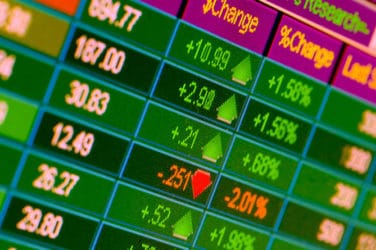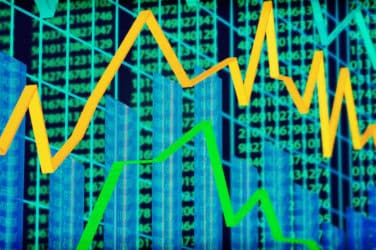
Sell-side institutions facing multiple regulatory and cost pressures are searching for ways to improve their trading infrastructure, such as supporting new asset classes and better algorithms, according to Jay Biancamano, head of equities product marketing, Americas, at Fidessa.
“We know that the sell side has, in the last few years, seen a lot of consolidation both on the individual desk and firm levels,” Biancamano told Markets Media. “There really has not been a lot of innovation on the sell side, or even on the buy side for that matter, based upon a lot of the ambiguity around market structure, Reg NMS (Regulation National Market Structure), dark pool issues, etc.”
He added, “There is this cloud of ambiguity about where the market is going, and a lot of people have been hesitant to move in any one direction. What I see now, however, is there is a little bit of clarity coming into the space. What I want to be able to do is give our clients more intelligence, more tools that they could use.”
Biancamano, who joined Fidessa last October, is responsible for driving the strategic direction of Fidessa’s sell-side equities products, the company said in a release. Prior to joining Fidessa, he founded Hoyvin, a trading-technology firm that deployed artificial intelligence and human-computer interaction to help traders source alpha from social media. He was also executive chairman and CEO of Pipeline Trading, a provider of predictive analytics and algorithmic trading.
“We are a very good technology company, and we are capable of solving a lot of problems,” he said. “What I want to do is drive innovation based on customer demand. Most of our innovations in equities has come from our clients saying, ‘We want to be able to do in equities what we do in futures and options.’”
Biancamano is looking to expand the platform for sales traders, “because they are the ones that look at and are interacting with the Fidessa platform every day. Some of them might be looking for more content, some might be looking for better analytics, and some might be looking for better execution.”
The buy side will continue to rely on the sell side for innovation in trading technology. “Among the bigger buy-side shops, there are a lot of initiatives to build certain tools themselves, but I see that there’s going to be a lot of reliance on the sell side to provide better tools and better infrastructure. Nobody wants to build their own set of algorithms, certainly on the buy side, and the sell side is well known for their innovation in that space.”
He continued, “What I do think you’ll see is a push towards more intelligence, more artificial intelligence, better understanding of how an algorithm works, and better understanding of venue selection.”
Many of Fidessa’s clients have detailed requirements when it comes to compliance, especially market surveillance.
“There are many providers in this [market surveillance] space, but most of them are bespoke, so it really comes down how we’re able to access the data and how we’re able to present it to the clients,” Biancamano said. “Most of our clients are focusing any number of compliance issues, whether that is market surveillance, OATS reporting issues, and any new regulations that come up.”
Feature image by





